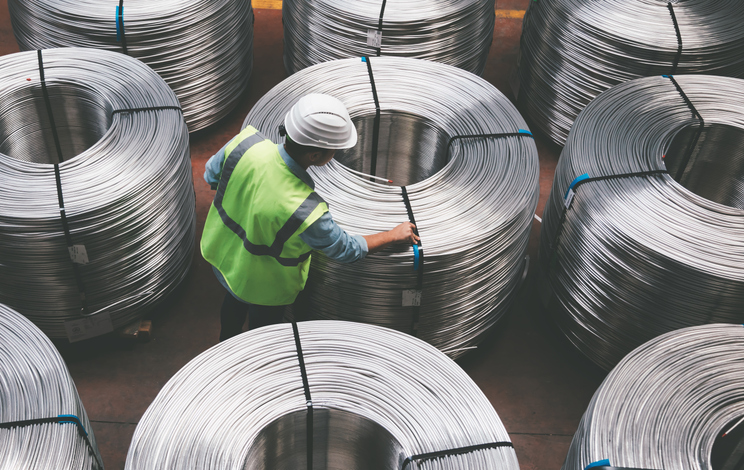Properties of Thermoplastic & Thermoset Compounds
Material Resistance Properties and Understanding the Abbreviations
It is essential to understand the abbreviations used to describe the levels of resistance in common thermoplastic and thermoset compounds. These abbreviations provide a quick reference for evaluating the suitability of each material for various environmental chemicals, applications, and conditions.
Abbreviations and Their Meanings:
These abbreviations help provide a quick and clear way to assess the material's compatibility with specific environments and applications. Refer to the tables below to see how these ratings apply to the various thermoplastic and thermoset compounds:
Properties of Common Thermoplastic Compounds
| Resistant To | PVC | LD/PE | HD/PE | Polypropylene | Polyurethane | Nylon | PTFE |
|---|---|---|---|---|---|---|---|
| Abrasion | F-G | F-G | E | F-G | O | E | G-E |
| Acid | G-E | G-E | G-E | E | F | P-F | E |
| Alcohol | G-E | E | E | E | P | P | E |
| Alkali | G-E | G-E | G-E | E | F | E | E |
| Benzol, Toluol | P-F | P | P | P-F | P | G | E |
| Degreaser Solvents | P-F | P | P | P | P | G | E |
| Electrical | F-G | E | E | E | P-F | P-F | E |
| Flame | E | P | P | P | P | P | O |
| Gasoline/Kerosene | P | P-F | P-F | P-F | F-G | G | E |
| Heat | G-E | G | E | E | G | E | O |
| Low Temperature Flexibility | P-G | G-E | E | P | G | G | O |
| Nuclear Radiation | P-F | G | G | F | G | F-G | P-F |
| Oil | F-G | G-E | G-E | G | E | E | O |
| Oxidation | E | E | E | E | E | E | O |
| Ozone | E | E | E | E | E | E | E |
| Water | E | E | E | E | P | P-F | E |
| Weather/Sun | G-E | E | E | E | F-G | E | O |
Properties of Common Thermoset Compounds
| Resistant To | SBR | Neoprene | CSPE | NBR | EPR | Silicone | XLP |
|---|---|---|---|---|---|---|---|
| Abrasion | G-E | G-E | G | G-E | G | F | G-E |
| Acid | F-G | G | E | G | G-E | F-G | E |
| Alcohol | F | F | G | E | P | G | E |
| Alkali | F-G | G | E | F-G | G-E | F-G | E |
| Benzol, Toluol | P | P-F | F | G | F | P | G |
| Degreaser Solvents | P | P | P-F | P | P | P-G | G |
| Electrical | E | F | G | P | E | O | E-O |
| Flame | P | G | G | P | P | F-G | E |
| Gasoline/Kerosene | P | G | F | E | P | P-F | G |
| Heat | F-G | G | E | G | E | O | G |
| Low Temperature Flexibility | F-G | F-G | F | F | G-E | O | G |
| Nuclear Radiation | F-G | F-G | G | F-G | G | E | E |
| Oil | P | G | G | G-E | F | F-G | G-E |
| Oxidation | F | G | E | F | G | E | E |
| Ozone | P | G | E | P | E | O | E |
| Water | G-E | G | G-E | G-E | G-E | G-E | G-E |
| Weather/Sun | F | G | E | F-G | E | O | G-E |
Having an understanding of the resistance properties of thermoplastic and thermoset materials can help with selecting the right materials for specific applications. Choosing the correct compound based on the electrical and thermal properties can enhance the performance, longevity, and safety of your products and projects.
Related Resources

Popular Insulation Types
Insulation is a critical component of any wire conducting an electrical current . The right type of wire insulation is determined by numerous factors, including stability, required life, dielectric properties, temperature and moisture resistance, mechanical strength, and flexibility.Learn More
Low Smoke Zero Halogen Compounds
Low Smoke Zero Halogen refers to the behavior of chemical compounds when combusted - specifically the quantity of smoke generated and the toxicity of the emissions.Learn More
Color Codes
Many different wire identification rely on color codes and not all color codes are the same.Learn More


